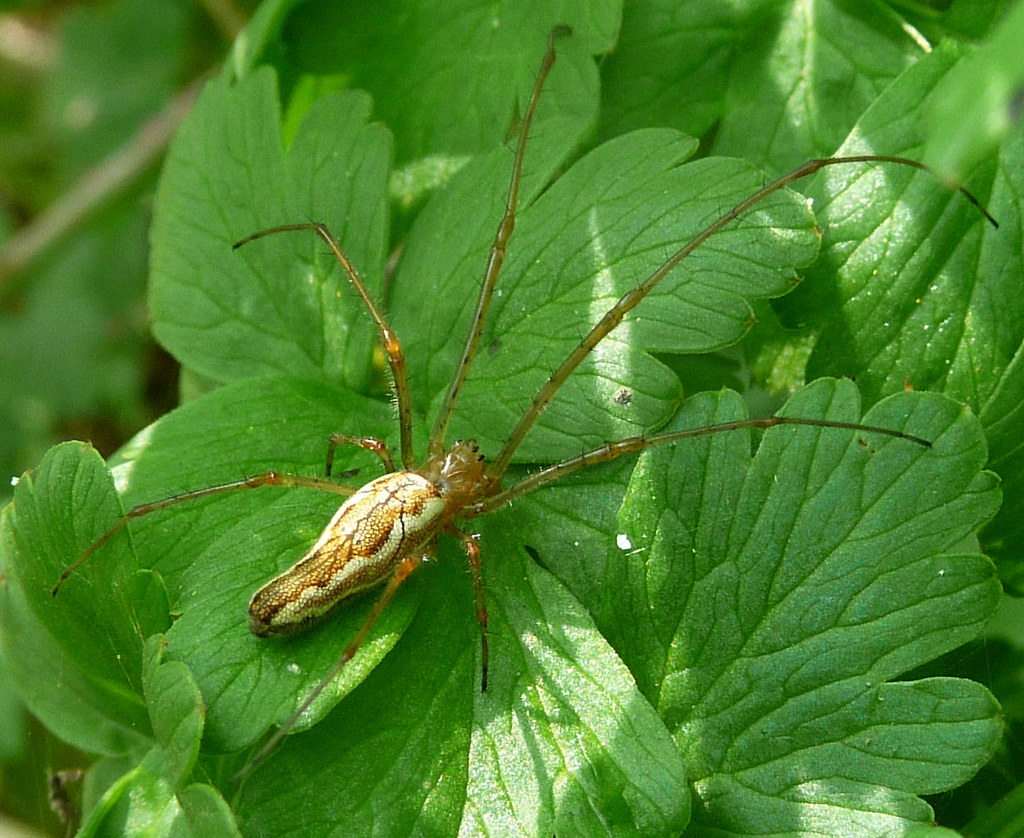The EDIAs project studies a big variety of species, good and bad, across the Pacific. Here are some of the most notable, focusing on the Hawaiian Islands.
Endemic species are native species that can’t be found anywhere else. Introduction of new species to Hawaii used to be very rare due to the island’s isolation, and so the species that made it to Hawaii lived there in relative isolation over the 70 million years of Hawaii’s volcanic history. These endemic species have exhibited a large degree of adaptive radiation, where a small group of species evolves into a diverse array of specialized forms, each adapted to a specific ecological niche. Now, largely due to development and introduced species, many endemic species are endangered and in need of protection.
Introduced nuisance species have now become widespread in Hawaii as a result of human activity like agriculture, trade, or tourism. Uniquely adapted endemic species are often sensitive to competition from invasive species and has led to extinctions of many endemic species. Introduced nuisance species can have a wide range of effects, including crop and plant damage, predating on native species, introducing new diseases, and altering native habitats.
Tetragnatha
Also known as long-jawed orb-weaver spiders or “stretch spiders” due to their long slender bodies, this is a genus of spider with hundreds of species that can be found all over the globe. Despite their somewhat intimidating appearance, these spiders are harmless to humans, and they play an important role in the ecosystem by feeding on small insects. They use their long jaws to catch prey and their long, thin bodies to avoid being detected by predators, and love hanging near and around water. Berkeley Evolab has found spectacular adaptive radiation of the endemic Tetragnatha in Hawaii, with a wide array of colors, shapes, sizes, behaviors, and ecological affinities not observed elsewhere in the range of this genus!





Leafhoppers (family: Cicadellidae)
Leafhoppers are jumpy little insects that suck plant sap from grass, shrubs, or trees. They can be found all over the world, including Hawaii, where there are both native and introduced species of leafhoppers. Hawaii is home to many endemic leafhopper species, such as the leafhoppers in the genus Nesophrosyne which are also a great example of adaptive radiation:

One example of an introduced nuisance leafhopper species is the two-spotted leafhopper, Sophonia rufofascia, which was first discovered in Hawaii on a farm in Waimanalo (Oahu) in 1987. Since that time, it has been found on all the major islands and on more than 235 host plants, including important crop and native plant species. Leafhoppers inject saliva into plants when they feed, which can simultaneously inject and spread plant pathogens, leading to widespread plant damage.



Coconut Rhinoceros Beetle (Oryctes rhinoceros)
Originally native to Africa, China, Myanmar/India, Southeast Asia, Coconut Rhinoceros Beetle (CRB) has now been introduced to several Pacific Islands including Hawaii, Tonga, Samoa, Palau, Fiji, Guam via infested compost, mulch, green waste, plants, and hitchhiking in international cargo. CRB are a major pest of coconut palms, bananas, sugarcane, papayas, sisal, pineapples, and date palms: adults chew into emerging fronds of palms to feed on sap, creating V-shaped holes, and killing the tree if it eats into the meristem (living/growing part of the tree). On Pacific Islands with no natural enemies of this beetle, the damage is most extreme. In Palau, where the beetle first invaded in 1942, the coconut palm was eradicated entirely on some islands, with overall mortality across the archipelago reaching 50%.
What can you do?
- Declare all agricultural items when you return from international travel & don’t bring or mail fresh fruits, vegetables, or living plants unless agricultural inspectors have inspected and cleared them beforehand
- If you see it in Hawaii: contact the Hawaii Department of Agriculture’s Pest Hotline. Call or text (808) 643-PEST (7378) or e-mail info@crbhawaii.org
- Other states: report sightings of this pest to your local State Plant Health Director
Learn more:
- https://www.aphis.usda.gov/aphis/resources/pests-diseases/hungry-pests/the-threat/coconut-rhinoceros-beetle/hp-crp
- https://www.invasivespeciesinfo.gov/terrestrial/invertebrates/coconut-rhinoceros-beetle
- https://dlnr.hawaii.gov/hisc/info/invasive-species-profiles/coconut-rhinoceros-beetle/






Ants
The Hawaiian islands are one of the most isolated islands in the world, and before the last 200 years there were no native ants. Now, around 57 ant species have become established on the islands, and at least four ant species have had particularly profound effects on native insects, spiders, and the larger ecological communities. Many of those ant species are among the World’s 100 Worst Invasive Species (IUCN Invasive Species Specialist Group). If you ever see invasive ants in Hawaii, you can report them to 643pest.org!
Argentine Ant (Linepithema humile)
Native to South America, but now found worldwide and established in Mediterranean climates (including becoming widely distributed in California), these ants form huge supercolonies and cause large scale damage to crops and native plants.
Yellow crazy ant (Anoplolepis gracilipes)
Named for their erratic movements, these ants are native to Africa and Asia. One of the larger invasive ant species, they are also known as “long-legged ants.” They are known to be attracted to sweet foods and can also feed on small animals and even seabird chicks.
Tropical fire ant (Solenopsis geminata)
Native to South/Central America and now established throughout Hawaii, these ants deliver a painful sting and can cause allergic reactions for many people. They are attracted to sweet foods and can also feed on small insects and other arthropods.
Little fire ant (Wasmannia auropunctata)
First found in Hawaii in 1999, they are named for their painful sting relative to their little size, and they can even cause blindness in pets with their aggressive stings. They promote plant pests such as aphids, white flies and scale insects, which secrete plant sap that the ants eat. In turn, the ants protect these insects from natural predators and parasites.




